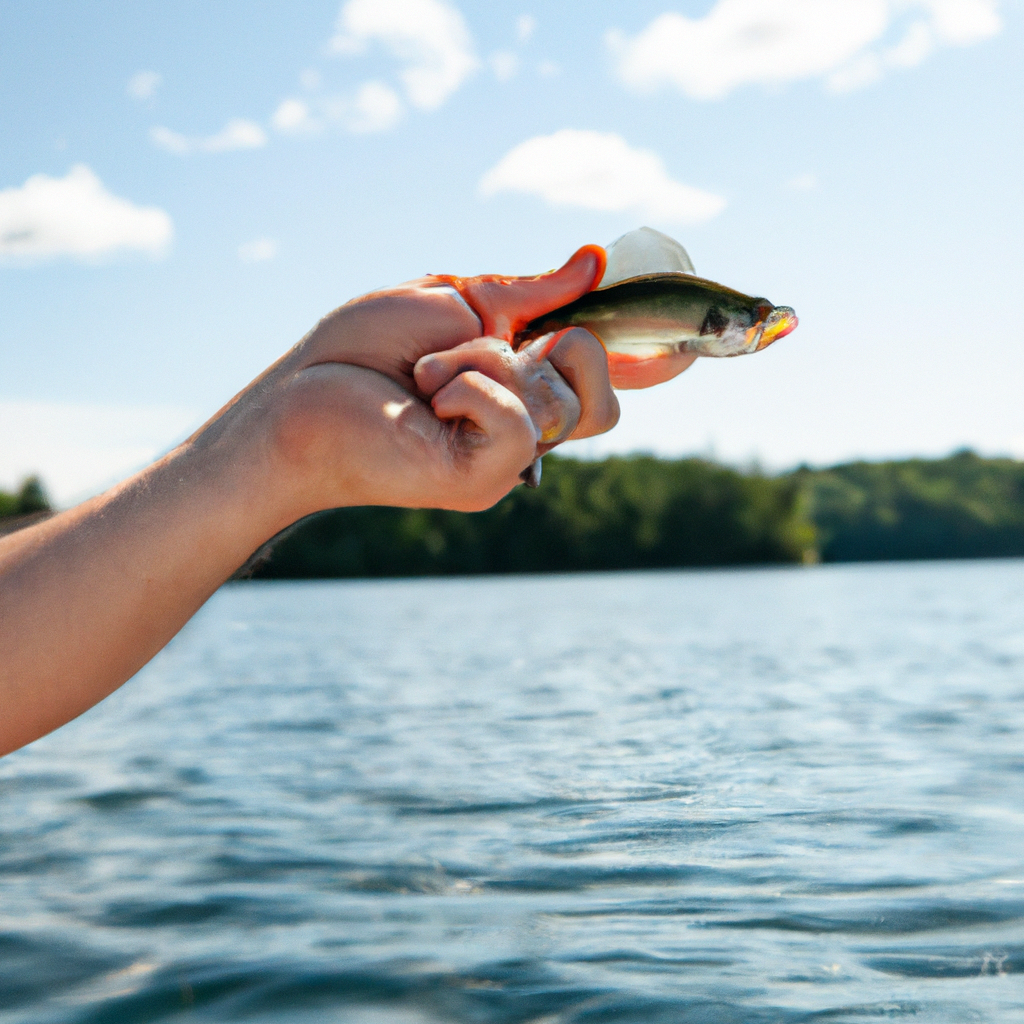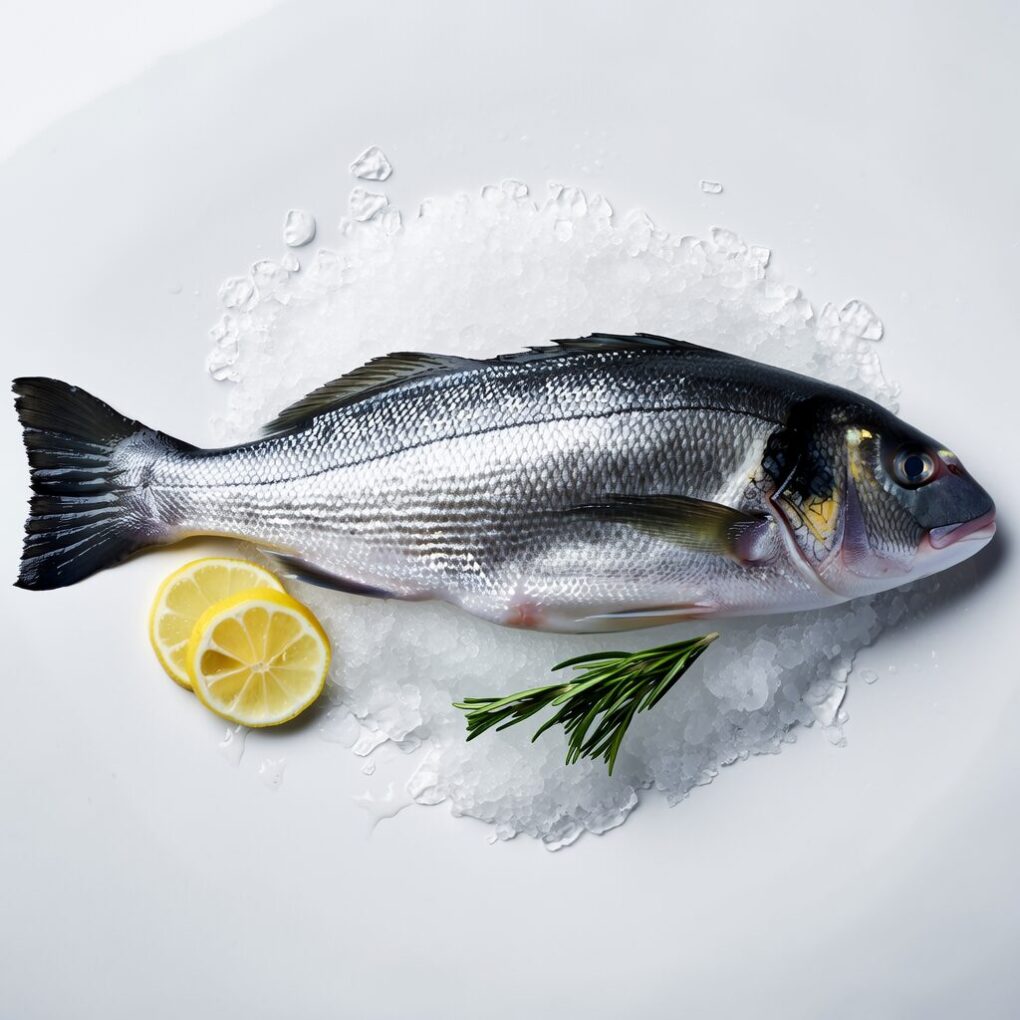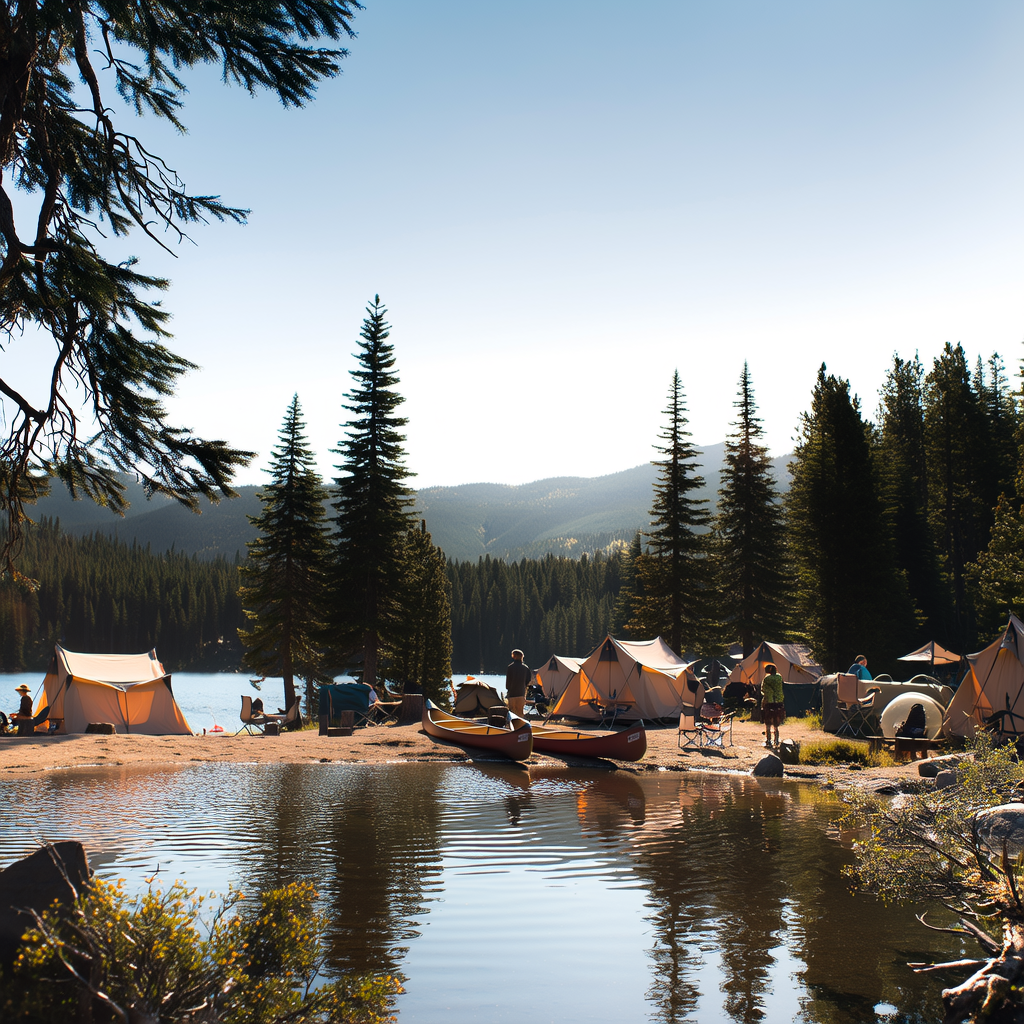You know the thrill and peace of being on the water as an angler. Ontario is home to thousands lakes, rivers and streams that are teeming full of fish species. If you are planning a fishing trip in Ontario, a fishing licence is required. This comprehensive guide will tell you everything you need about getting a fishing license in Ontario.
Why do you need a fishing license in Ontario?
Anyone who wants to fish recreationally in Ontario is required to have a fishing license, both residents and non-residents. The license regulates fishing activities, maintains fish populations, and supports conservation. The Ministry of Natural Resources and Forestry of Ontario (MNRF), which issues fishing licenses in the province, uses the revenue from license sales and fishing-related fees to improve recreational fishing opportunities.
Types of fishing licenses in Ontario
In Ontario, there are two types of fishing licences: a conservation fishing permit and a sportfishing permit. Both licenses are valid in the entire province and are available to both residents and non-residents. Here’s a closer view of the two types Ontario fishing licenses.
Sportfishing License
A sportfishing licence costs more than a conservation license, but allows anglers the ability to keep and catch fish within the current regulations. The cost of a sports fishing license varies depending on the length of the license. It can range from one day up to three years. Residents of Ontario between 18 and 64 years of age will pay an annual fee $24.21, while non-residents must pay $53.54. Seniors aged 65 and over only have to pay $15.69.
Conservation Fishing License
A conservation fishing licence is cheaper and has more restrictions compared to a sportfishing permit. Anglers who have a conservation fishing licence are only allowed to catch and release fish. Only a few species are allowed to be retained. The cost of a conservation license varies depending on the length of the license. It can range from one day up to three years. Residents of Ontario between 18 and 64 years of age will have to pay $9.68 per year, while non-residents must pay $34.47. Seniors aged 65 and over can also get a conservation license for free.
Ontario Fishing License Requirements
You must meet certain requirements before you can get an Ontario fishing licence, regardless of the license you choose. This includes:
Age Requirement
Anglers must be 18 years of age to purchase a fishing license in Ontario. If you are under 18, your legal guardian must purchase the license for you.
Outdoors Card
You must have the Ontario Outdoors Card before you can apply for a fishing licence. This card is proof that you have successfully completed a fishing education program. The card is the only acceptable form for obtaining a fishing licence in Ontario. After you’ve obtained an Outdoors card, you can purchase a conservation or sport fishing license. The card costs $8.57 and is valid for 3 years.
Fishing Education Program
You must complete the Ontario Fishing Education Program to receive an Outdoors Card regardless of age or experience. The program covers all aspects of fishing in Ontario, from equipment and techniques to ethical and legal considerations. You can take this course online, in a participating vendor like Canadian Tire or through community organizations. After completing the course, you will be given a temporary Outdoors Card that is valid for one year. You can then purchase your regular Outdoors Card.
How to obtain an Ontario fishing license
You now know what you need to do to obtain a fishing license in Ontario. Here’s a guide that will take you through the steps:
Step One: Get Your Outdoors Card
You can apply for a Outdoors Card at a serviceOntario location or by calling the Natural Resources Information and Support Centre, toll-free, at 1-800-387-7110. You will be asked to provide your name, address, birth date, and other details. You will receive a physical card containing your information by mail once it has been issued.
Step Two: Purchase your fishing license
You can purchase your fishing licence after obtaining your Outdoors Card. You can purchase the license online, from a participating vendor or at ServiceOntario. You will be asked to enter your personal information, including your Outdoors Card Number, and choose the type of license and duration you desire. After payment, you will either receive your license via email or by mail.
Ontario Fishing License Regulations
It is important to follow the fishing regulations in Ontario when fishing. The regulations cover all types of fishing including ice fishing and include rules about catch limits, species restriction, and size limitations. Here are some important fishing regulations that you should be aware of:
Catch Limit
The limit is the maximum number of fish an angler may catch and keep. The limit depends on the type of fish you are fishing for and the zone in which you are fishing. In Zones 1 and 2, for example, anglers can keep up to 2 walleyes and 4 smallmouth basses, while in Zone 17 the limit is 4 walleyes and 2 smallmouth basses. Bass season usually runs from late June until early September. Check the latest fishing regulations for the catch limit in the area where you plan to fish.
Species Restrictions
Some fish species are protected, or their harvest is restricted. In Ontario, the lake sturgeon, for example, is a protected fish. Anglers who accidentally capture it must immediately release it back into the water. There are also seasonal closures during the spawning period for certain species, including lake trout and brown trout. Check the current fishing rules to ensure you are following the rules that are specific to the area where you are fishing.
Size Limits
The size limits are the minimum sizes of fish you can keep. In Zone 8, for example, northern pike must reach a minimum length of 27.6 cm before being allowed to be kept. In Zone 17, the minimum size for lake trout is 50 cm. Size limits are also different depending on the species of fish and the location where you are fishing. It is important to know the size limits, and only keep fish within the range.
Tips for a Successful Ontario Fishing Trip
Here are some tips to help you have a successful fishing trip in Ontario:
Find the best fishing location
Research the fishing spots in the area, the fish species available, the most popular fishing techniques and the best times to fish. Ontario offers a wide variety of fishing opportunities. Some areas are known to have specific fish species.
The Right Fishing Gear
Invest in the right fishing gear for the location and species you’re targeting. Ontario offers a variety of fishing environments such as rivers and lakes. Choose tackle that is appropriate for the type and amount of fishing you do.
Be Safe!
When fishing in Ontario, always take safety precautions. Wear a personal floatation device, keep a safe distance away from propellers and boats moving, and be aware of your surroundings. Pack appropriate clothing and equipment to prepare for extreme conditions.
Respect the Environment
Respect the environment, and the fish that you catch. Respect both provincial and federal laws aimed at conserving natural resources and wildlife. Do not litter or disturb natural habitats. Also, be aware of the fish populations and ecosystems in which you are fishing. Catch and release is encouraged whenever possible.
Conclusion
Any angler who wishes to enjoy the many fishing opportunities in Ontario must obtain a fishing license. By obtaining and following the fishing regulations of the province, you will not only protect your safety, but also the natural resources that you love and enjoy. To make your Ontario fishing trip successful, remember to research the fishing spots, choose the right equipment, observe safety precautions and respect the environment.




